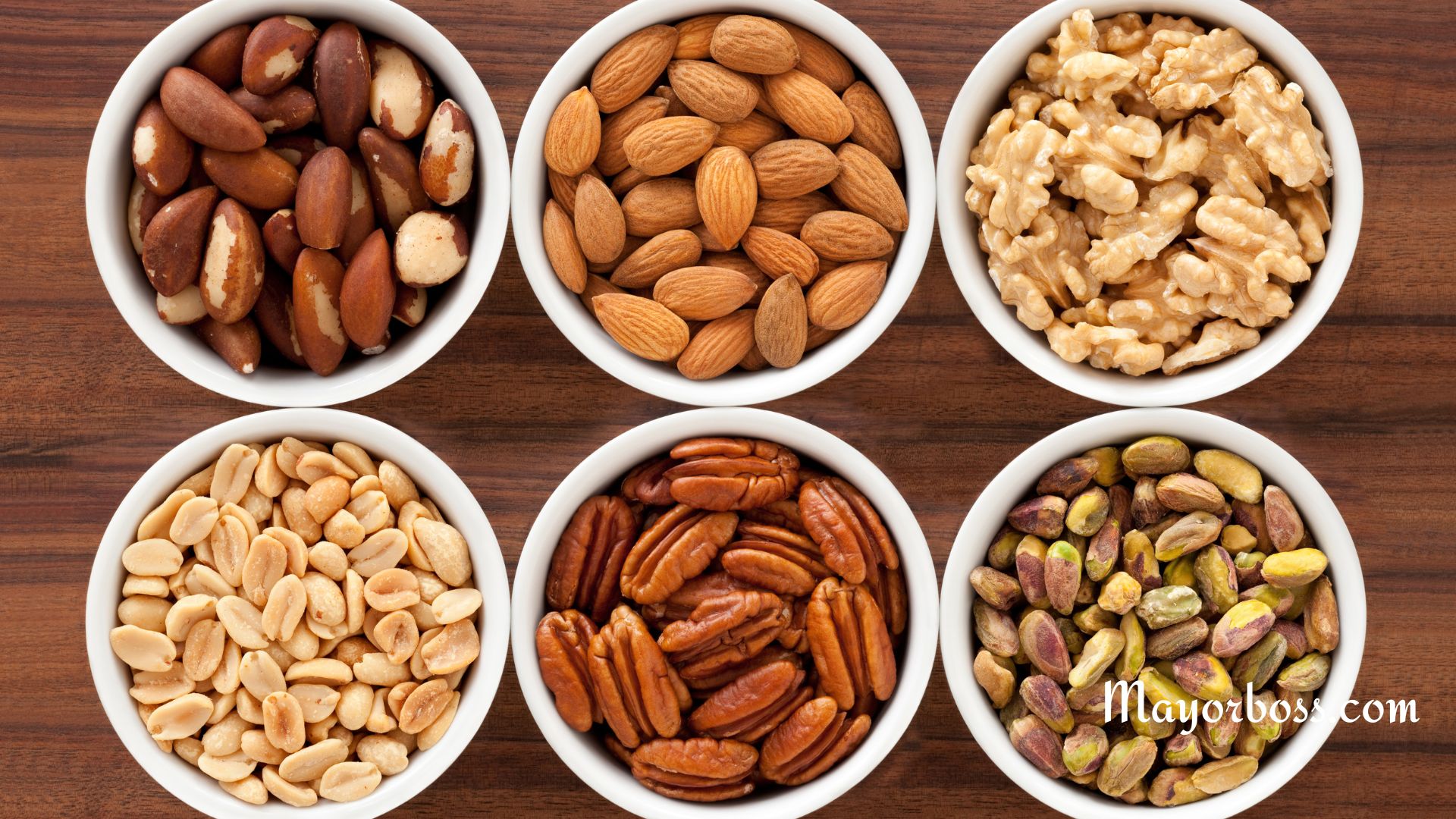Foods With Low Glycemic Index To Control Blood Sugar Levels
The Glycemic Index (GI) is a ranking system for carbohydrate-rich foods based on their potential to raise blood glucose (sugar) levels. Low-GI foods are slowly digested and absorbed, hence, resulting in a slower and significantly smaller rise in your blood sugar levels. These foods are particularly beneficial for people looking to control their blood sugar levels, such as those with diabetes or prediabetes. Here are some examples:
Whole Grains
Whole grains have more fiber and are more filling than their refined counterparts. They’re also typically lower on the glycemic index. Some good choices include:
- Barley
- Bulgur
- Quinoa
- Oats
- Whole wheat
- Brown rice
Fruits
Most fruits have a low GI score, and they’re also packed with healthy antioxidants. Some low-GI fruits include:
- Cherries
- Plums
- Grapefruit
- Peaches
- Apricots
- Apples
- Oranges
- Pears
- Berries
Non-Starchy Vegetables
Non-starchy vegetables have fewer carbs than starchy vegetables like potatoes. Some non-starchy vegetables with a low GI include:
- Spinach
- Kale
- Broccoli
- Brussels sprouts
- Zucchini
- Peppers
- Tomatoes
- Cucumbers
Legumes
Beans, lentils, chickpeas, and other legumes are high in fiber and protein, which can help control blood sugar. These include:
- Black beans
- Lentils
- Kidney beans
- Chickpeas
- Split peas
Dairy
Milk and yogurt have low GI scores. Go for low-fat or non-fat versions to keep your calorie and fat intake in check. Some options are:
- Milk
- Yogurt
- Cheese
Nuts and Seeds
Nuts and seeds are low in carbohydrates, which means they have a minimal impact on blood sugar. They’re also packed with healthy fats. Some examples are:
- Almonds
- Peanuts
- Walnuts
- Sunflower seeds
- Chia seeds
- Flax seeds
Lean Proteins
Protein doesn’t have a GI score because it doesn’t contain carbohydrates. Including lean protein in your meals can help slow digestion and keep your blood sugar steady. Some lean proteins include:
Remember, a food’s preparation method and what it’s paired with can change its GI. For example, fruit juice has a higher GI than whole fruit, and mashed potatoes have a higher GI than whole baked potato. Always try to pair high-GI foods with low-GI foods to balance out your blood sugar response.
The GI isn’t the only tool you should use when considering your diet. The overall nutritional content of the food is also important. Always consult with a dietitian or doctor to create a balanced diet that fits your lifestyle and needs.
Further Reading: 6 Drinks to Lower Your Blood Sugar






